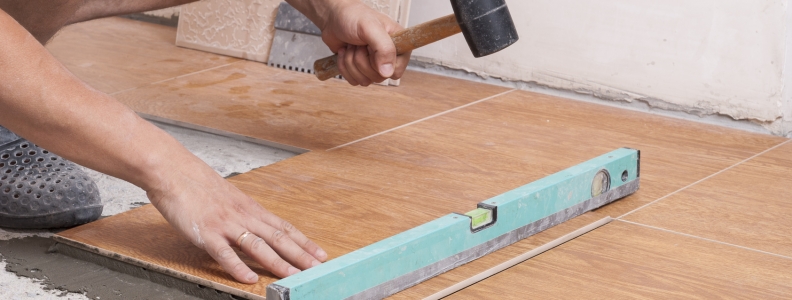Shower Tile Thinset Or Mastic

Thinset tile mortar.
Shower tile thinset or mastic. Traditionally mastic was an organic plant based resin from the pistacia lentiscus shrub and its term is related to the word masticate due to its sticky gummy consistency. Mastic is great for dry locations its a terrible idea for a shower. To demonstrate the difference between mastic and powdered thinset i set up two pieces of hardiebacker. Another advantage is that it s inorganic and thus is not a food source for mold growth.
Powdered thinset is by far a 10x better product. After tile board he would thinset the seams with fiberglass tape and then skim coat the entire board with modified thin set. Now on with the battle of mastic vs. It is applied to the substrate with a notched trowel.
When moisture is present it will not return to a liquefied state as mastic would. Today the term mastic is infrequently used and it is difficult to find tile adhesives that go under the mastic banner at your local. Although thin set is not waterproof it is isn t water soluble. He then set the tile with latex mastic.
Shower walls thinset. Shower floors thinset. The reason tile pros use thinset in showers is that mastic will release if it contacts water and because it is organic if just a little water gets behind it it literally becomes food for mold. 99 of tile setters will most likely refuse to use a mastic in a shower situation.
When you thinset the seams typically there is a slight hump so the skim coat evens the surface out and makes it flatter. Thinset mortar is your default tile mortar for most indoor and outdoor applications. This skim coat has to dry properly.
















































